| |
|
|
Botanical Name |
: |
Citrus medica L. |
English
Name |
: |
Citron and Cedrat |
Synonym(s) |
: |
Citrus medica L. var. cedrata Risso, Citrus medica L. var. medica, Citrus aurantium L. var. medica Wight & Arnott, Citrus crassa Hasskarl |
Family |
: |
Rutaceae |
| |
General Info
| Description |
 |
|
A small tree or shrub, about 10 feet high, without a distinct trunk and with irregular, straggling, short, thick branches; bark whitish grey; young shoots stiff; purplish or voilet-coloured. Leaves large, the petioles very short and not winged, blade 5 to 6 inches long, broadly oblong or oval-oblong, tapering at the base, obtuse at the apex, bluntly crenate-serrate, stiff but not thick, gland-dotted, dark green above, pale beneath. Flowers generally unisexual, usually in clusters of several, pink, the buds purplish, otherwise much as in the Lemon. Fruit very large, more or less oblong in outline, often 8 or 9 inches long, usually blunt and not mammillate at the apex. |
| Herb Effects |
 |
|
Laxative and anthelmintic (root); stimulant (fruit); anticancer (aerial part). |
Chemistry
| Active Ingredients |
 |
|
Citral, d-limonene, dipentene, geranyl-aetate, hesperidin, linalyl-acetate, phellandrene (pericarp); eriocitrin frompeel, limocitrol, sinapic acid and limocitrin. |
| Chemistry
of Active Ingredients |
 |
|
|
 |
Name |
CAS# |
IUPAC Name |
Formula |
Structure |
 |
|
| Eriocitrin |
13463-28-0 |
2-(3,4-dihydroxyphen
yl)-5-hydroxy-7-[3,4
,5-trihydroxy-6-[(3,
4,5-trihyd
roxy-6-m
ethyl-oxan-2-yl)oxym
ethyl]oxan-2-yl]oxy-
chroman-4-one |
C27H32O15 |
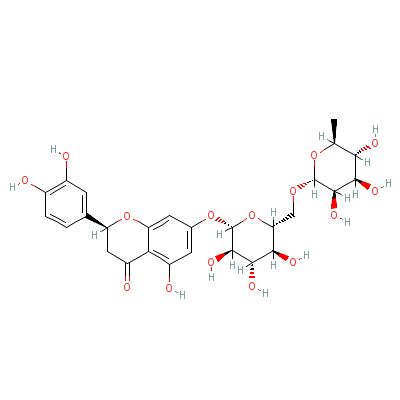
|
| Sinapic acid |
530-59-6 |
3-(4-hydroxy-3,5-dim
ethoxy-phenyl)prop-2
-enoic acid |
C11H12O5 |
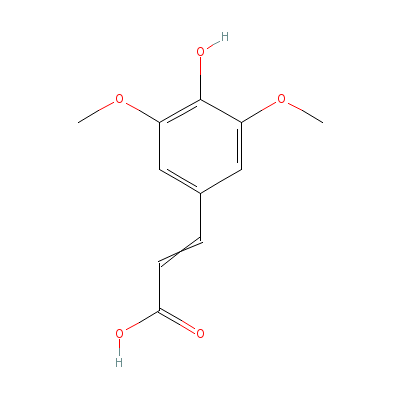
|
| Citral |
96680-15-8 |
3,7-dimethylocta-2,6
-dienal |
C10H16O |

|
| D-limonene |
95327-98-3 |
1-methyl-4-prop-1-en
-2-yl-cyclohexene |
C10H16 |
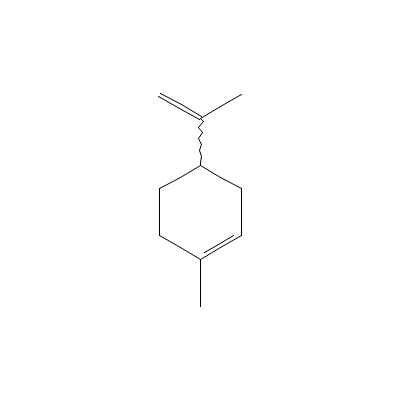
|
| Geranyl acetate |
8022-83-1 |
3,7-dimethylocta-2,6
-dienyl acetate |
C12H20O2 |
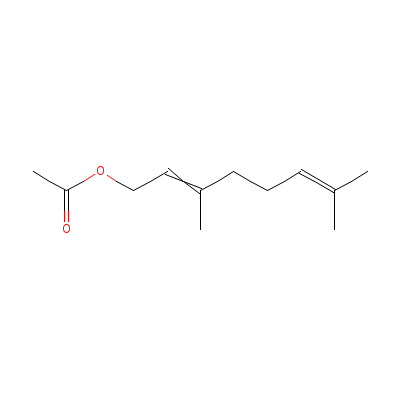
|
| Hesperidin |
520-26-3 |
5-hydroxy-2-(3-hydro
xy-4-methoxy-phenyl)
-7-[3,4,5-trihydroxy
-6-[(3,4,5
-trihydr
oxy-6-methyl-oxan-2-
yl)oxymethyl]oxan-2-
yl]oxy-chroman-4-one |
C28H34O15 |
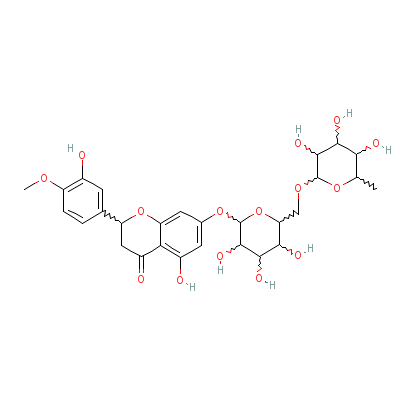
|
| Linalyl acetate |
8022-85-3 |
3,7-dimethylocta-1,6
-dien-3-yl acetate |
C12H20O2 |
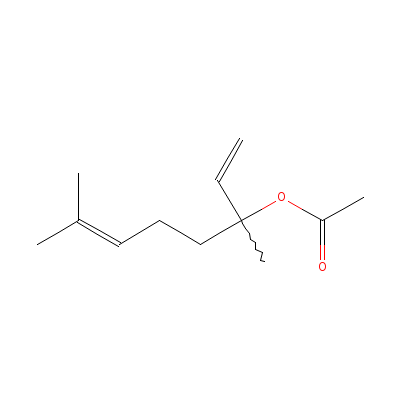
|
|
Pharmacology
| Medicinal Use |
 |
|
In kidney stones, vomiting, as a laxative and anthelmintic (root); as a tonic and stimulant (fruit), to treat tastelessness due to fever, intrinsic haemorrhage, anaemia, jaundice, hiccough, asthma, vomiting, pain in cardiac region, colic, pox, calculus and gravels, dental caries, for easy delivery, foul smell in flatus, erysipelas, headache, anorexia during pregnancy and earache. |
| Reference |
 |
|
 Chandel et al., Biodiversity in Medicinal and Aromatic Plants in India. Chandel et al., Biodiversity in Medicinal and Aromatic Plants in India.
Uniyal et al., Medicinal Flora of Garhwal Himalayas.
Bentley and Trimen, Medicinal Plants.
Sharma, Classical Uses of Medicinal Plants. |
Dealers
Products
|
|